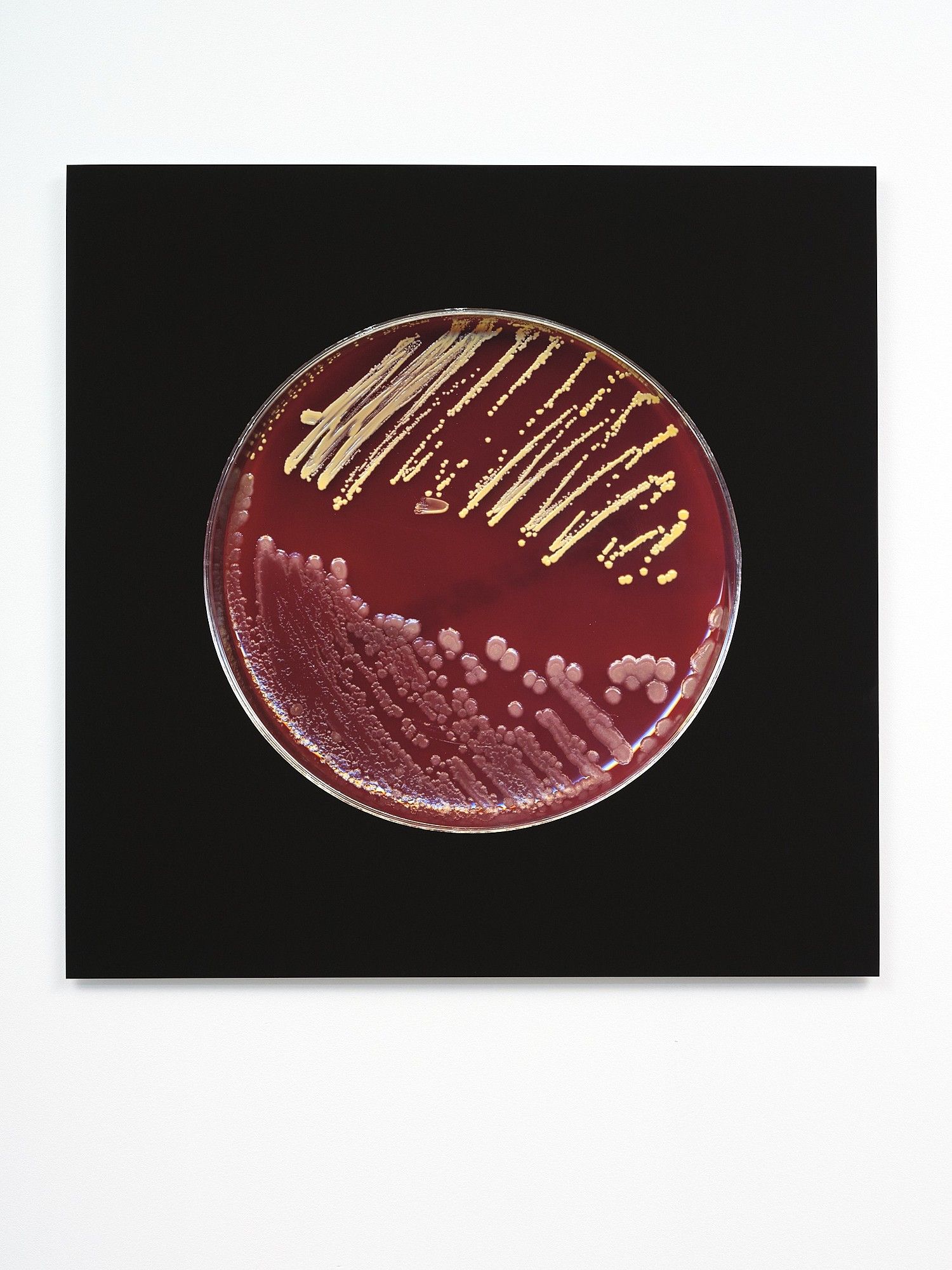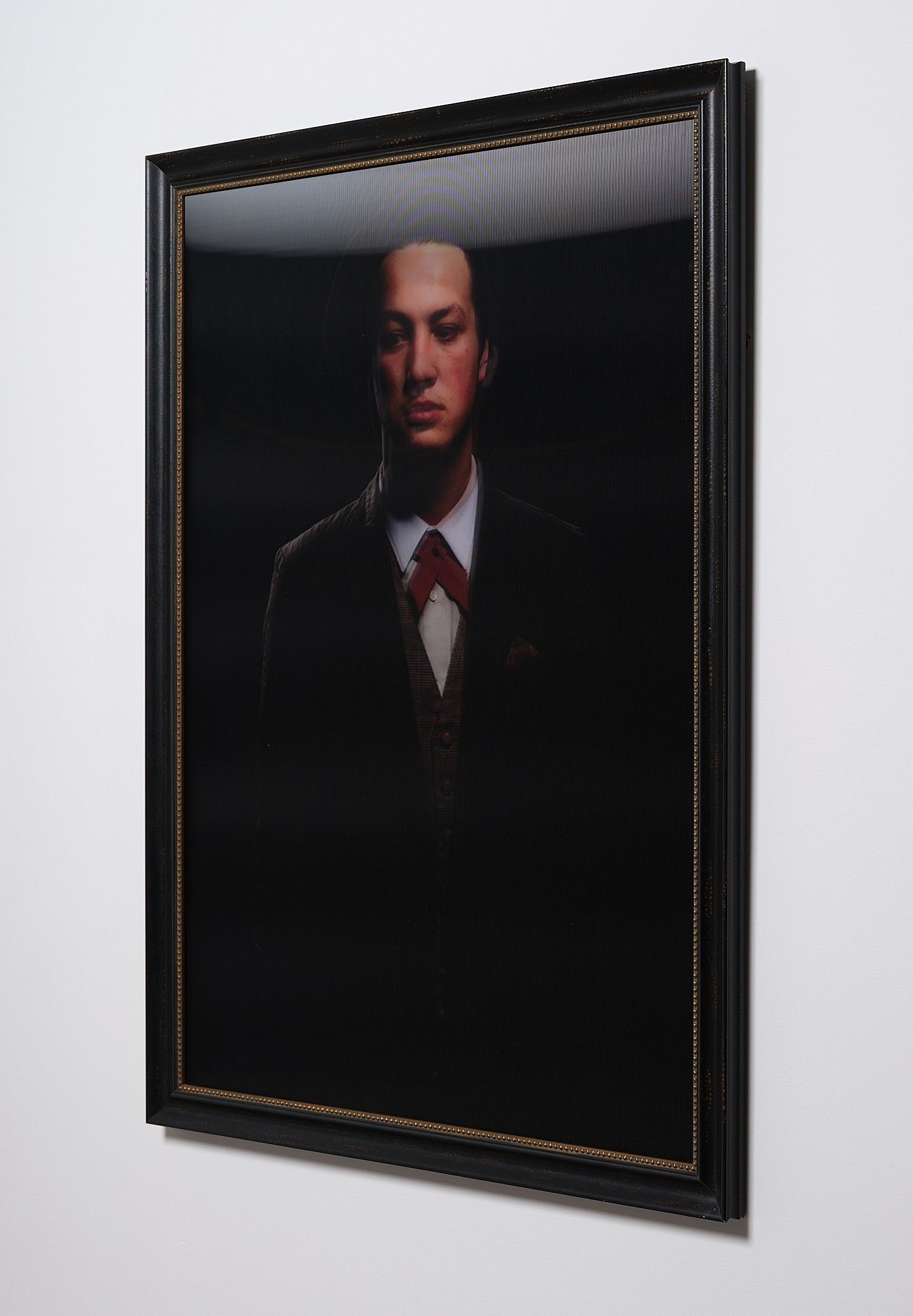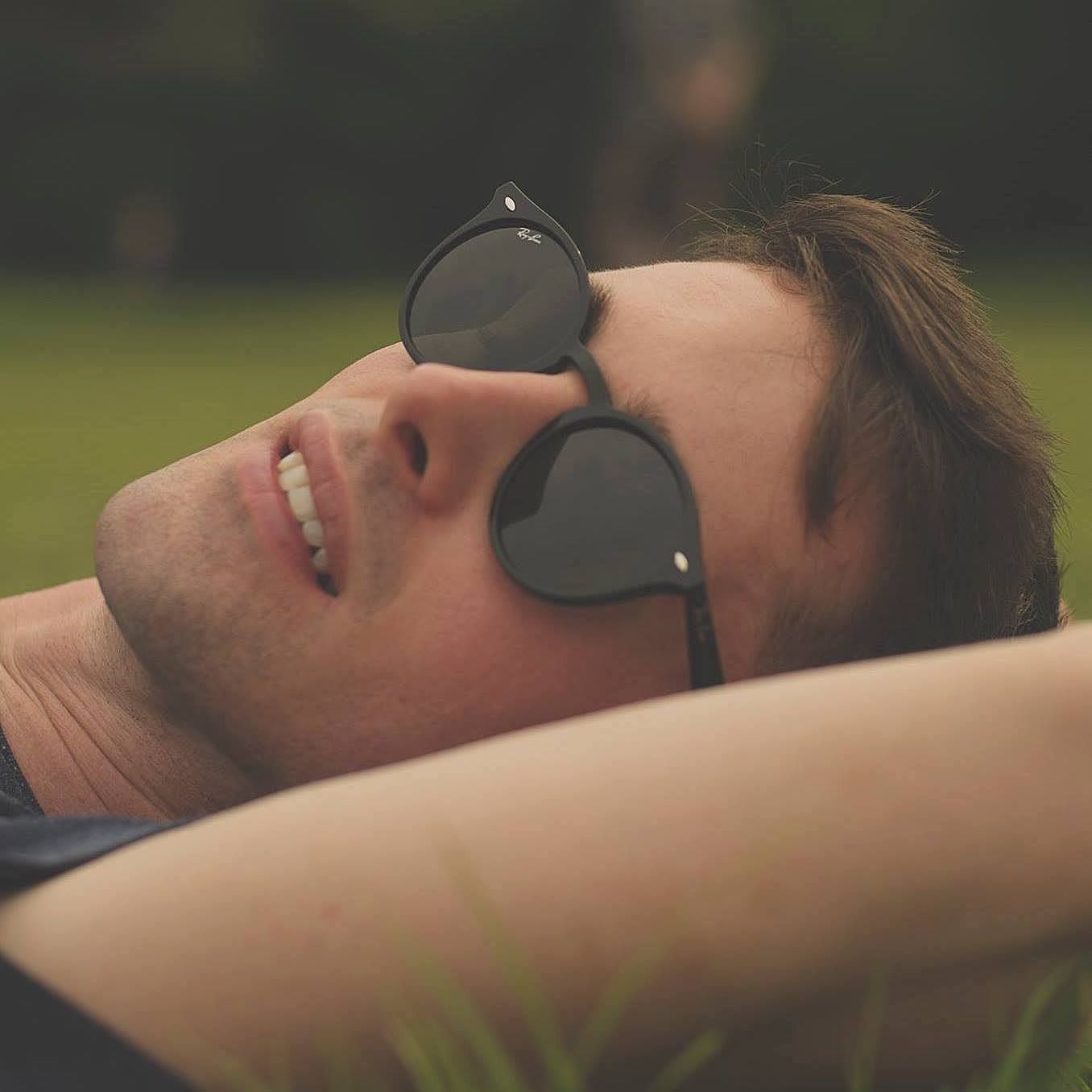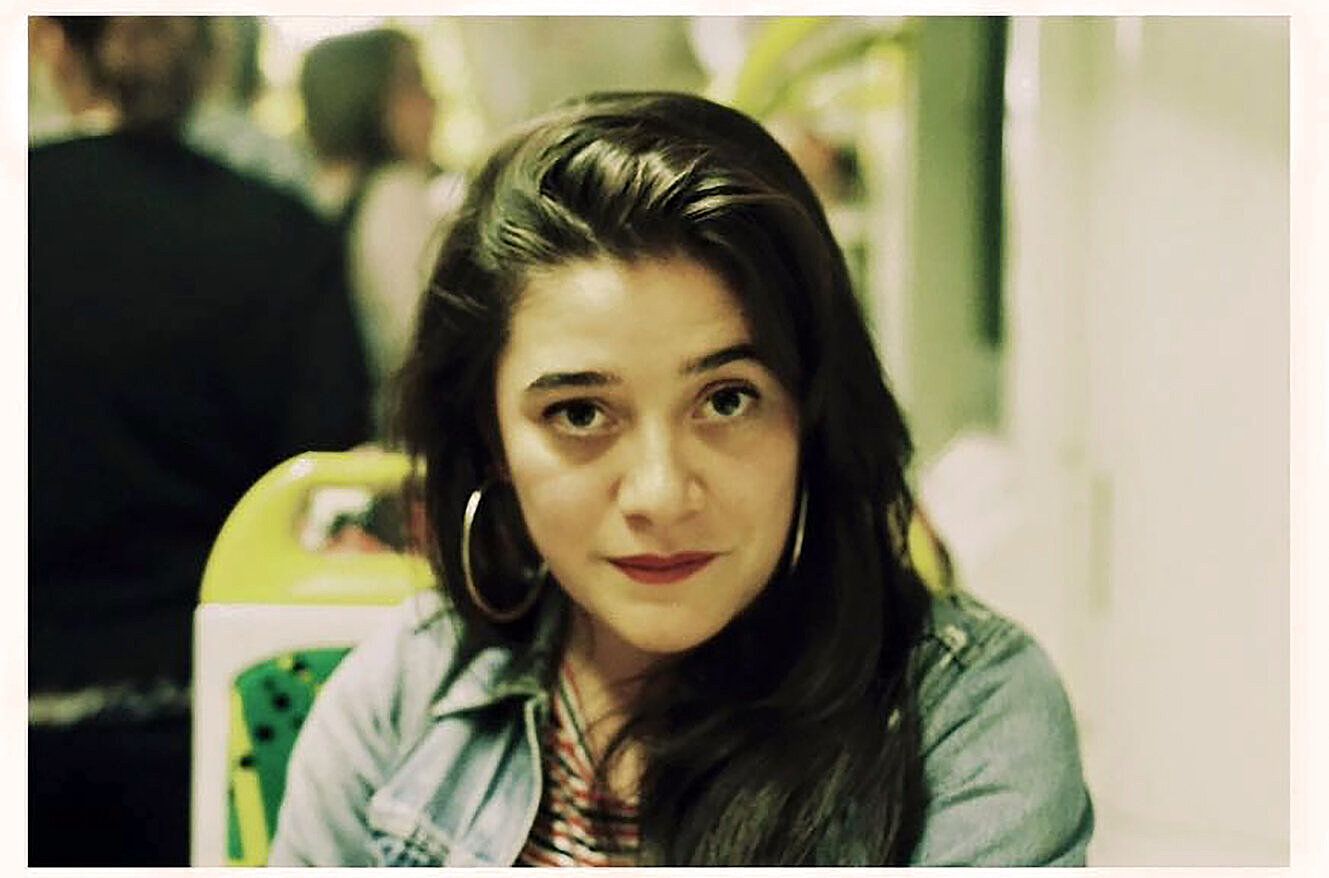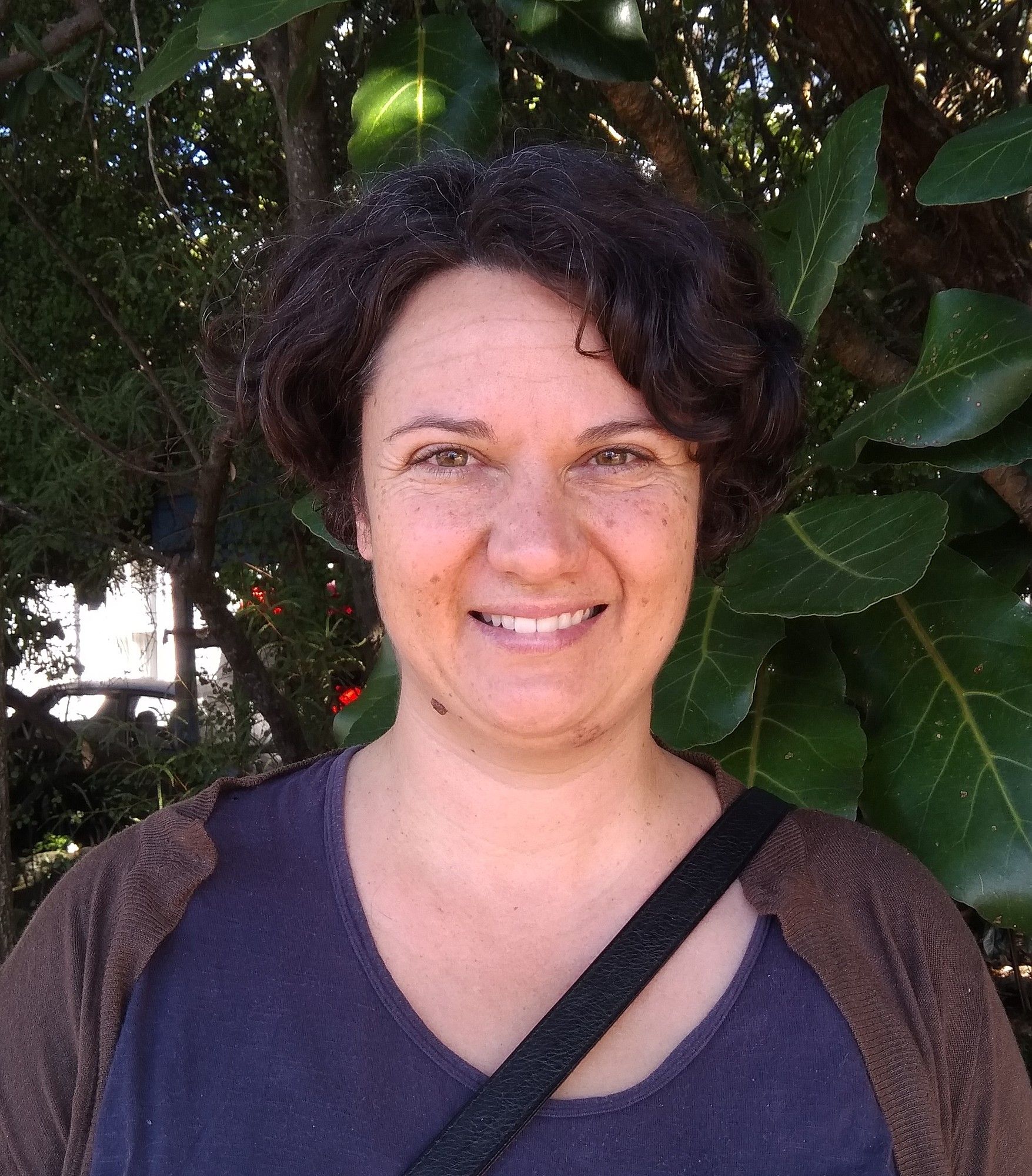The Unmissables: Artists to See in October
The best art on show online this month from artists and galleries in Aotearoa.
This month we’re thrilled to shine awareness on the extraordinary offering of When the Dust Settles, an online art auction to raise funds for Artspace Aotearoa (and the artists, as Ngahuia Harrison points out) that is closing tomorrow. Get amongst the bidding for these works by 34 of Aotearoa's artists, including our Subeditor Marie Shannon.
Francis McWhannell also draws attention to the wondrous and idiosyncratic works of Hannah Ireland and the fact that he actually got to see her last exhibition in person, a remarkable feat in itself.
Instead of sticking solely to dealer galleries this month, our team of art critics has trawled the internet to showcase some of the best and most exciting artists in Aotearoa.
*
When the Dust Settles is an online art auction raising funds for Artspace Aotearoa, featuring works by preeminent local artists. The auction will raise funds to transform the basement into residency and studio spaces, creating much-needed opportunities for emerging artists and curators to show and produce work.
A work by pop artist Billy Apple® Billy Apple Turns To Gold, feels poignant in the light of his recent death in September (see art writer Francis McWhannell’s moving tribute).
Defunct Mnemonic by Māori Artist Peter Robinson (Ngāi Tahu/Kai Tahu) acts as a ‘memory device’ that connects to toko toko or rākau kōrero. Robinson was Aotearoa’s representative at the 49th Venice Biennale (2001), and in 2008 he won The Walters Prize. I love his subversive work (1998) Strategic Plan that questions the demands made of Indigenous artists. It is decolonising and challenges the politics of the art world, while showing Robinson's sense of humour.
Jade Townsend’s (Ngāti Kahungunu) Te Ao Tua-ātea disentangles plastic mechanical weaves to create a shimmering sculpture reminiscent of non-customary weaving. Te Ao Tua-ātea ‘is the thin space between the past and the present, between the dead and the living’. The work harnesses movement and shifting light.
In Dane Mitchell’s From the Dust Archive (Museum of Modern Art), diagonal gold marker lines float above globular cells against a dramatic red backdrop in a plastic circle that becomes a petri dish. The globular cells are bacteria growing from dust – Mitchell has gathered dust from 160 contemporary art institutions worldwide. An ongoing work that started in 2003, From the Dust Archive (Museum of Modern Art) draws attention to the materiality of bodies and institutions in a way that is playful or levelling, and conjures a sense of decay. In 2019, Dane Mitchell’s work Post Hoc was shown at the New Zealand pavilion of the Venice Biennale and dealt with 260 lists of obsolete phenomena. His work is fascinating and timely. – TT
Dane Mitchell, From the Dust Archive (Museum of Modern Art), 2003/2021
Let the bidding open with … Well, genuine investment in the arts sector would be great – but for now, let’s settle for public institutions being resourceful in the face of underfunding. A common activity in the secondary art market, auctions are where collectors make investments and artists make nothing. But not in When The Dust Settles at Artspace Aotearoa. The gallery raising much-needed funds to complete extension plans is giving contributing artists a commission of the sale – explicitly stating ‘This is Not a ‘Freebie.’
To mark the Karangahape Road institution turning 34 in February this year, 34 artists have contributed to When The Dust Settles. The represented artists are entangled in the history of Artspace Aotearoa, from founding members (Mary-Louise Brown) or were part of the most recent New Artist Exhibition (Claudia Kogachi). Amongst the works is Homemade Glider Kitset by Nathan Pōhio. The self-referential photograph plays around with the material history of cinematography, drawing on Pōhio’s interest in the silent film actor Buster Keaton. A desire to collaborate with his own people, Ngāi Tahu musician Marlon Williams echoes Keaton in the artwork.
Homemade Glider Kitset comprises three photographs into a lenticular print which then follows the movement of its audience. As you move past, the layered photographs fold in and out of one another, creating movement within the frame, distilling the flow of time through its three layers. This method echoes the mechanisms of film and the relationship the moving image has with the still image. If we kick that up a notch, we might think of ourselves as a build-up of moments, layered into a larger narrative, which moves and grows with each whakapaparanga. So, get amongst the bidding - Homemade Glider Kitset could be yours! – NH
Nathan Pohio, Homemade Glider Kitset, 2010
I am grateful to have seen Hannah Ireland’s (Ngāti Hine/Ngāpuhi) latest show in person. It’s a banality to observe that an exhibition demands to be experienced directly, and knowledge of a practice can help photographs to say a lot. I am familiar with previous works by Ireland, particularly her smeary clown-like faces reverse-painted on glass, which grimace, grin, and howl, evoking a panoply of complex emotions (her handle on Instagram, @sacredclowns, couldn’t be more apt).
Hate to rain on your parade sees the artist continue her bravura use of colour but is full of new forms. The show’s richness is difficult to document and would have been quite impossible to imagine. There are brief and more elaborate pieces, ranging across multiple media: watercolours on canvas, polychromed sculptural heads, monoprints on chunky paper handmade from newsprint, and framed glass plates used to produce such prints. Ireland notes that the lockdown in Tāmaki Makaurau dictated the materials. She knew what to do with lemons.
My immediate temptation is to draw parallels with other artists. I am reminded of Marlene Dumas’s inky visages, the mystical luminosity of certain works by Paul Klee, Tom Polo’s raucous bodies. There are points of connection with locals as well. I think of Pat Hanly’s ethereal early paintings, Michael Illingworth’s figurative geometry, Colin McCahon’s schematised landscapes, and Layla Rudneva-Mackay’s recent depictions of expressive fruits.
At the same time, Ireland’s work is decidedly idiosyncratic in vision and technique. I can’t quite get my head around what she has achieved so early in her career and under such trying circumstances. Her paint dances between liquid and powder, now atmospheric, now tangible, now up on the surface, now pushing back into space. Standing in the exhibition is a moving experience, almost too much to handle. Stare, sob, cackle. The works speak to the moment we’re in and the beings we always are with extraordinary force. – FM
Hannah Ireland, Over exposed, 2021. Watercolour on stretched canvas
*
The Unmissables is presented in a partnership with the New Zealand Contemporary Art Trust, which covers the cost of paying our writers. We retain all editorial control.
Feature image: Dane Mitchell, From the Dust Archive (Museum of Modern Art), 2003/2021


